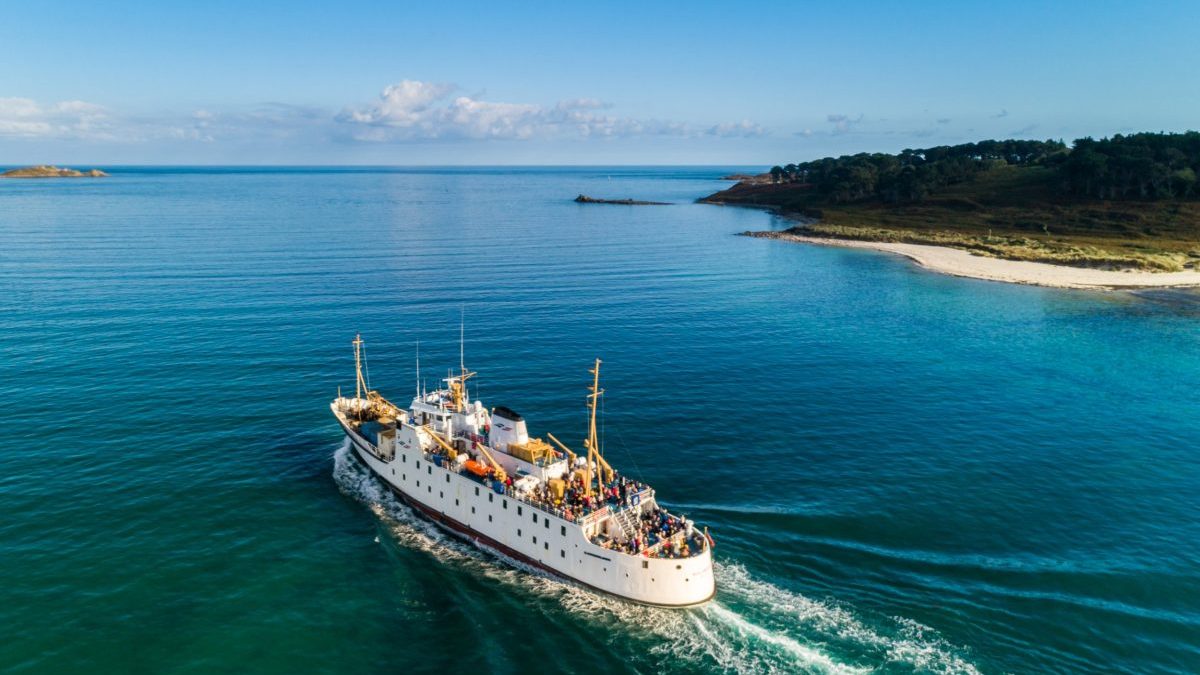As new boats launch and old routes come out of retirement, there has never been a better time to cross our waterways by ferry. Here are 12 to try this summer
Of all the ways to get around, none is quite as romantic as going by boat. And, amid rising interest in slower, more immersive experiences – “slow travel” is the buzz phrase of 2025, according to the market research firm Euromonitor – it is little wonder that ferries are capturing imaginations again.
Ferry bookings leapt by 116 per cent last year compared with 2023, figures from the booking platform Omio show.
However, many of the UK’s most interesting crossings are not the kind that you can book online. From a rowboat called Doris to a wind-powered vessel across the Channel, here are Britain’s more eccentric ferries to try this summer – plus some that will take you to unusual places.
The Calstock Ferry, Devon/Cornwall
In May, the new solar-powered Calstock Ferry revived a Saxon-era river crossing that was axed in 2015. Darting across the Tamar, between Ferry Farm (Devon) and Calstock (Cornwall), the ferry’s return is thanks to the Tamara Landscape Partnership (TLP) scheme, a people-powered, lottery-funded project to rejuvenate the waterway and wider region. “I live and grew up here and it’s a proud and exciting moment to see this centuries-old crossing revived using solar-powered technologies,” said the TLP’s manager, Will Darwall.
The ferry connects the counties in the Tamar Valley National Landscape. Use it to complete the 87-mile Tamara Coast to Coast Way, to look for kingfishers, sandpiper and gulls in the newly created Calstock wetlands. The on-demand service can carry up to seven passengers, and bikes (£3.50).
Cathedral Ferry, Worcester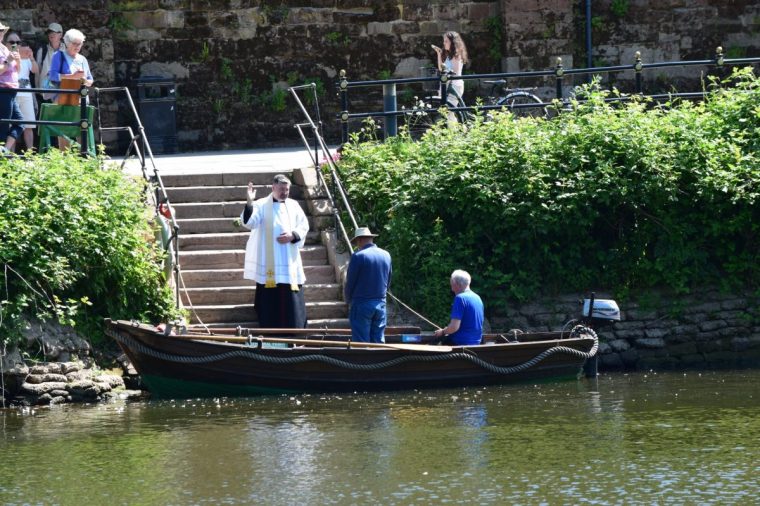 The Cathedral Ferry in Worcester (Photo: Worcester Cathedral)
The Cathedral Ferry in Worcester (Photo: Worcester Cathedral)
Once used by monks and milkmaids, this volunteer-run ferry plies a 12th-century route across the River Severn, in the shadow of Worcester Cathedral, begun in 1084.
The rowboat currently honouring this ancient crossing – 71-year-old Doris – is fresh from a six-month refurb, and glides across the river like Worcester’s famous swans. Refreshingly, its crew still charges olde worlde prices: 50p per passenger each way.
On summer weekends, Doris sets off from the cathedral-side of the Severn, arriving a few minutes later at Chapter Meadows, a nature reserve backing on to Worcestershire County Cricket Club.
Stratford-upon-Avon Chain Ferry, Warwickshire
Undercutting even Worcester’s bargain river crossing is the Stratford-upon-Avon chain ferry in nearby Warwickshire, where passengers pay just 20p to cross the Avon in Shakespeare’s home town. The ferry departs near the Dirty Duck, a pretty, riverside pub beloved by visiting actors – notably Dame Judi Dench and John Lithgow, whose signed pictures decorate the walls.
Scenic walks, a butterfly farm and – unexpectedly – a crazy golf course await visitors on the other side of the river. The smell of deep-fried delights wafting from Barnaby’s Fish Restaurant lure many visitors back to the other side – and into the clutches of Stratford’s chip-scrounging geese.
Sandbanks Ferry, Dorset
The entrance to Poole Harbour – Europe’s largest – is barely 380 yards wide but crossing it on the clunky chain ferry is like travelling back in time.
On the one side is the millionaire’s playground of Sandbanks, home to purring SUVs and cedar-trimmed mansions, and on the other side is Studland, which has hardly changed since Enid Blyton sought inspiration there for her best-selling Famous Five novels.
The chain ferry carries cars, saving motorists a 45-minute drive around Poole Harbour (hence the long queues in summer). The dune-backed beaches on the other side are worth the wait, and if you forget your swimwear, worry not – one is for naturists. Foot passengers and cyclists £1, cars £5.40.
Knoydart Ferry, Scottish Highlands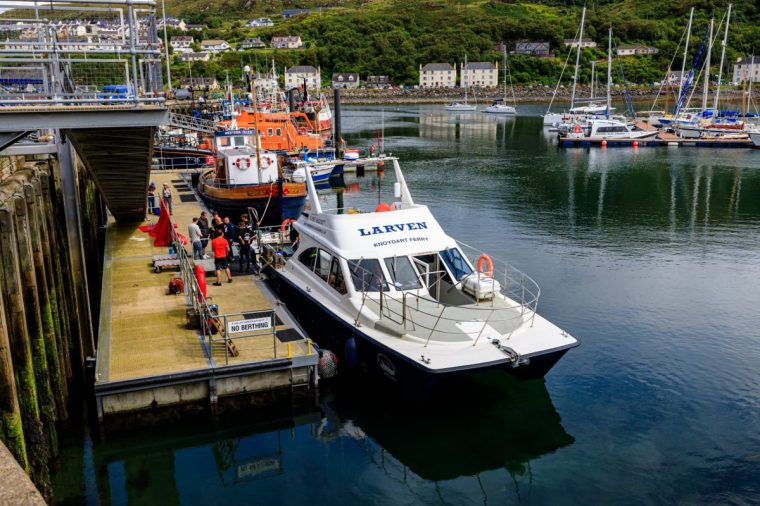 The Larven, also called the Knoydart ferry, at Mallaig docks (Photo: Ian Stephenson/Getty/iStock Editorial/Ian Stephenson)
The Larven, also called the Knoydart ferry, at Mallaig docks (Photo: Ian Stephenson/Getty/iStock Editorial/Ian Stephenson)
If you fancy a pint at mainland Britain’s most remote pub, you have two options: hike for two days through bogs and bracken, bedding down overnight in damp bothies with no electricity – or take the 30-minute ferry from Mallaig.
Cutting across Loch Nevis, the passenger boat drops travellers off on a pontoon near the Old Forge, which serves as the de facto living room for Inverie, mainland Britain’s most remote village, where the roads go nowhere.
The boozer is owned and run by the community, which generates its own electricity and recently reforested swathes of the Knoydart Peninsula. £8.
Dover-Boulogne sailboat, Kent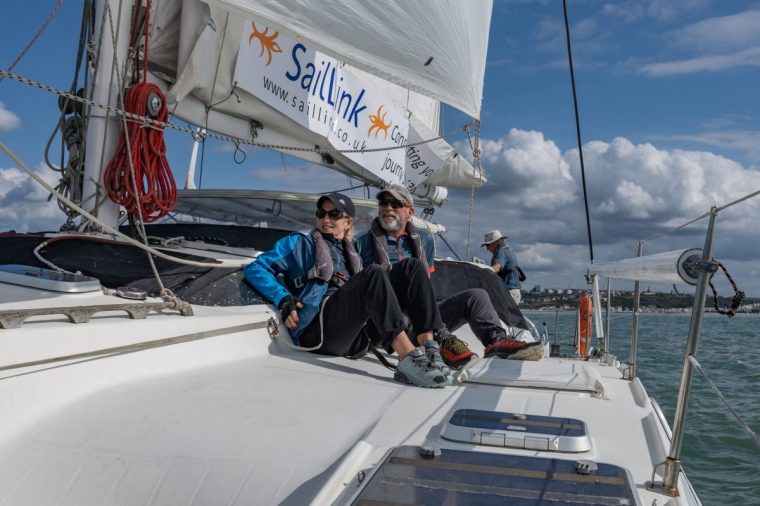 SailLink runs the Dover-Boulogne ferry (Photo: saillink.co.uk)
SailLink runs the Dover-Boulogne ferry (Photo: saillink.co.uk)
Navigating the world’s busiest shipping lane, SailLink’s new wind-powered ferry entered service this summer, providing a low-carbon option for France-bound foot passengers and cyclists. Those on board even get to take the helm.
“If we can prove this for a season, there is nothing stopping us,” said SailLink’s founder Andrew Simons, as we sailed to France on his 12-passenger catamaran in May. Simons hopes to launch multiple cross-Channel routes, including Newhaven to Dieppe and Weymouth to Cherbourg. In the meantime, passengers must make do with Dover to Boulogne, a wind-in-your-hair crossing that takes around four hours and costs £75 one-way, with bikes costing £15 extra.
Scillonian III, Cornwall
The so-called “Vomit Comet” from Penzance to St Mary’s on the Isles of Scilly is entering what looks like its final season this summer, with its modern replacement due to take over duties next year. The flat-bottomed boat entered service in 1977 and provides a notoriously rough ride when it’s choppy.
Despite inducing nausea, the vessel is much loved, taking travellers back to a bygone era of seafaring. The course it charts along the Cornish coast is spectacular, taking in the cliffside Minack Theatre, pretty Porthcurno Cove and Land’s End. From £74.99.
Helford Ferry, Cornwall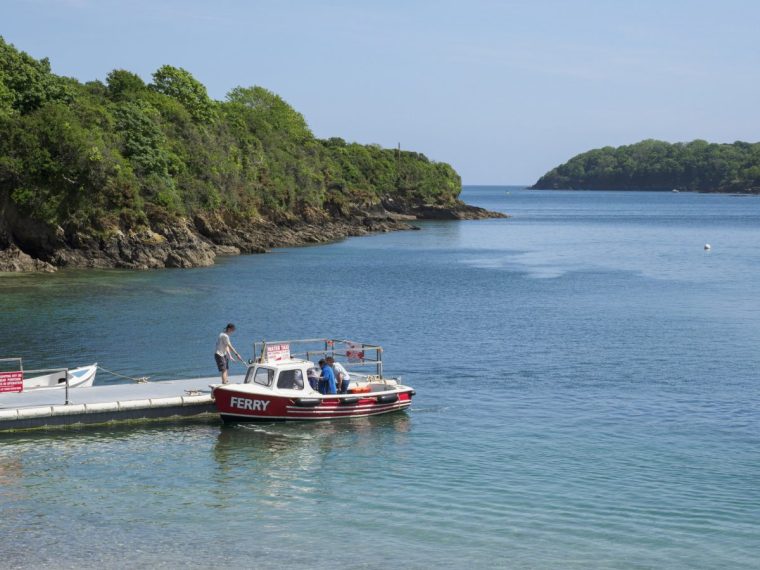 The passenger ferry that goes across the Helford River (Photo: Nik Taylor/UCG/Universal Images Group/Getty)
The passenger ferry that goes across the Helford River (Photo: Nik Taylor/UCG/Universal Images Group/Getty)
Reputedly the oldest river crossing in Britain, the Helford Ferry is an on-demand service dictated by tide times and the weather. Darting across Cornwall’s Helford River, the ferry links the pretty villages of Helford and Helford Passage, and is referenced in the Domesday Book of 1086.
The crossing has not always been smooth sailing. Belying its genteel setting, the Helford was once controlled by swashbuckling pirate gangs, earning it the dubious nickname “Stealford”. Pleasingly, there are pubs on each side of the river. £7 or £9 return.
Glansteffan, Carmarthenshire
Bravely, those behind this revived ferry across the Tywi Estuary asked local school children to christen her. Fortunately, they were more sensible than most adults (remember Boaty McBoatface?), naming her Glansteffan, a nod to the two villages that it serves: Llansteffan – with its huge beach and castle – and Glan-y-fferi.
The original ferry plying this route across the biodiverse estuary was axed in the 1950s, forcing locals to drive 18 miles between the villages. The Glansteffan, which is amphibious, merrily rebooted the route in 2018. £5.
Glenelg-Skye Ferry, Highlands
One for the mechanic anoraks, the MV Glenachulish is the last manually operated steel turntable ferry in the world. Powered by good old-fashioned elbow grease, a swivelling platform allows the crew to offload vehicles in whichever direction they please.
Operating between Glenelg, on the mainland, and Kylerhea, on the Isle of Skye, it is a more romantic alternative to driving across the Skye Bridge. However, with a capacity of only six cars, you may be waiting a while for a berth. MV Glenachulish runs only in the summer. £20 per car, £30 return.
Reedham Ferry, Norfolk
One of Britain’s most expensive ferry crossings per mile, the Reedham chain ferry plies a blink-and-you’ll-miss-it route across the River Yare that would take just a few minutes to swim. Yet it saves road users – namely farmers – a 30-mile detour through the Broads.
For those crossing by car, the short hop over to Reedham village costs £4.80, and be sure to take a good book if you are travelling at peak times as the vessel can take only two cars. The Reedham Ferry was manually operated until as recently as the 1950s.
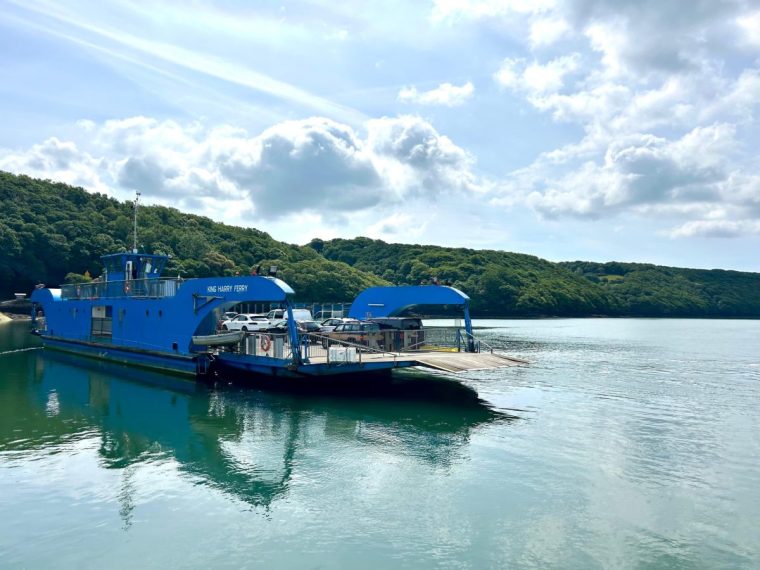 The King Harry Ferry on the Fal River (Photo: Supplied)King Harry Ferry, Cornwall
The King Harry Ferry on the Fal River (Photo: Supplied)King Harry Ferry, Cornwall
A Cornish icon since 1888, the King Harry chain ferry has its own “ferry-watching” fan club, with a live webcam. Crossing the tree-lined River Fal in the Cornwall National Landscape, the ferry stirs a singular passion among locals, who successfully campaigned against plans to build a replacement bridge. The glass-sided vessel runs all year, connecting St Mawes and the Roseland peninsula with Feock, Truro and Falmouth, saving a 27-mile drive. Cars £7.50, £11 return.
